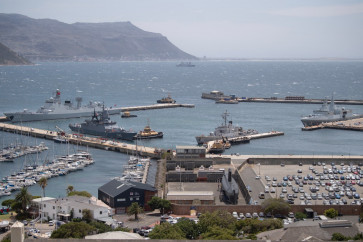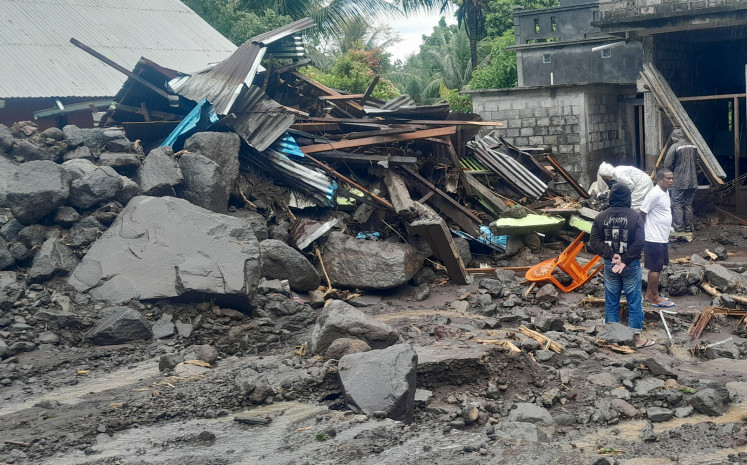Popular Reads
Top Results
Can't find what you're looking for?
View all search resultsPopular Reads
Top Results
Can't find what you're looking for?
View all search resultsInvestment for Cepu, Senoro, Tangguh more than doubles
Skyrocketing 2008 oil prices caused a big increase in the investments needed for the Cepu, Senoro and Tangguh oil and gas projects, doubling initial costs, upstream oil and gas regulator BPMigas reported recently
Change text size
Gift Premium Articles
to Anyone
S
kyrocketing 2008 oil prices caused a big increase in the investments needed for the Cepu, Senoro and Tangguh oil and gas projects, doubling initial costs, upstream oil and gas regulator BPMigas reported recently.
In a recent hearing with lawmakers from the House of Representatives Commission VII overseeing energy and mineral resources, BPMigas’ deputy chief for planning Achmad Luthfi said the investments for the development of the Cepu oil block and the Senoro and the Tangguh gas fields had more than doubled from their initial plans of development (POD).
“The sharp increase in oil prices had pushed up the prices of equipment needed for the development of the blocks,” Luthfi said.
He said the investment for development of the Banyu Urip oil field in the Cepu block operated by US oil and gas giant ExxonMobil’s subsidiary Mobil Cepu Ltd. had almost tripled to US$3.58 billion from $1.11 billion in the original POD.
“ When the block's POD was approved in 2006, the oil price assumed was $35 per barrel, far lower than the present $70,” he said.
The increase in investments occurred due a surge in drilling and construction costs. Drilling costs increased from $273 million to $750 million, while the construction costs for support facilities rose from $838 million to $2.83 billion.
The Cepu block currently produces about 18,000 barrels oil per day (bpd), according to a recent report from ExxonMobil.
The investment in developing the Senoro block in Central Sulawesi swelled to $603 million compared to $245.5 million in the original POD, approved in 2007. Drilling costs rose to $133 million from $8.5 million, while those for the construction of supporting facilities surged to $470 million from an initial $163 million.
The development of the Senoro block, which is owned by a joint operating body of PT Pertamina and PT Medco Energi, has yet to begin as the developers are waiting for the government’s decision on whether the gas will be exported or sold to the domestic market.
Investment for the development of the Tangguh LNG project, operated by Europe’s largest oil firm BP, also reflected rising construction costs.
Luthfi said that the actual increase in the investment cost for the Tangguh gas field and its LNG project was still being calculated. According to the original POD, the development would require $7.21 billion, including $1.03 billion for drilling; $4.16 billion for facilities and $2.03 billion for other items.
Meanwhile, BPMigas’s deputy chief for operations Budi Indianto said that the Jambaran gas field in the Cepu block is expected to begin producing gas by 2015.
“At the moment, the field development is in the evaluation stage of the technical exploration. The first gas is expected to be in 2015,” said Budi, adding the gas would be allocated to state power firm PLN and petrochemical company Gresik.
ExxonMobil said the field had estimated gas reserves of about 1.3 trillion cubic feet (TCF).
The major production of the Cepu block is oil. The block was expected to start producing 20,000 barrels of oil per day (bpd) since December 2008, but up to now the block only produces about 18,000 bpd.
Maman Budiman, ExxonMobil’s spokesman for Indonesia operations said last week the block actually could pump out about 25,000 bpd, but the crude receiving facilities managed by Pertamina and PT Tri Wahana Universal (TWU) are still unable to absorb all the production.
BPMigas said it had ordered Pertamina to boost refinery capacity.
ExxonMobil said it would soon open tenders for the construction of the facility to produce 165,000 bpd, the peak production capacity for the block. Maman said it expected to meet this target by the end of 2013.










